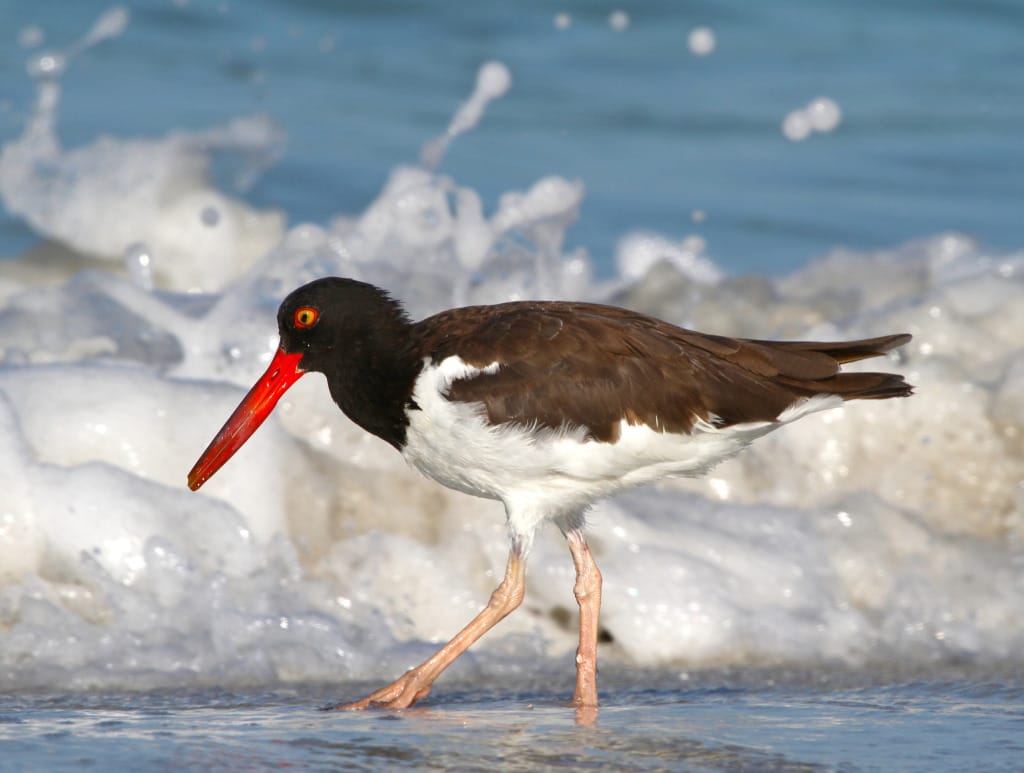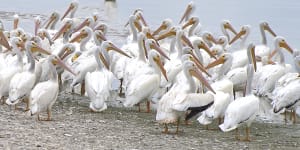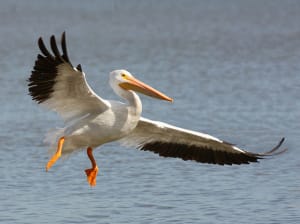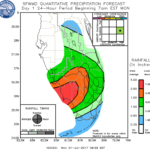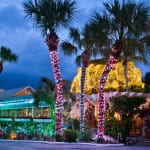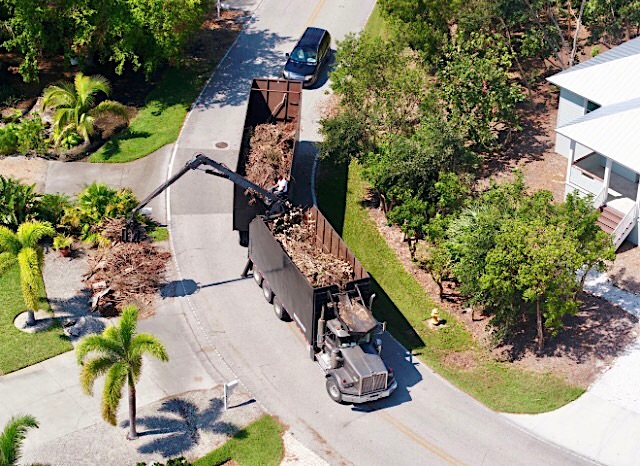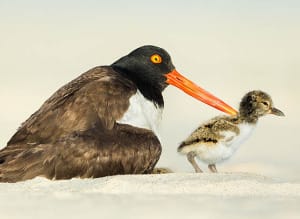
Sanibel-Captiva Audubon Christmas Bird Count, File Photo, American Oystercatcher With Chick By Gregory Gard, Via Creative Commons.
Annual Sanibel-Captiva Audubon Christmas Bird Count Saturday, December 20, 2014.
As reported in the Sanibel-Captiva Audubon newsletter.
“Every year, the Sanibel-Captiva Christmas Bird Count attracts more participants (121 in 43 teams last year) than 95% of all of the country’s more than 2,300 CBCs.
Some years, the total count is up from previous years and multi-year averages, other years the count is down.
2013 counters found 12,411 birds, down from 2012’s 14,063; and 96 species, down from 104 species in 2012. Bill Jacobson, the local CBC coordinator, collects all of the data, collates and forwards it to National Audubon. Bird Counts have been held every December since 1900. What
happens to this information at this point, you might ask?
This year, National Audubon has published a new climate study (called the Audubon Report) which lists over 300 North American species that it feels are at risk from climate change resulting in habitat changes and loss.
‘Begun as a way to assess the health of bird populations, data from the annual census are now key to predicting birds’ responses to climate change. Using hundreds of thousands of standardized observations from both the CBC and the North American Breeding Bird Survey.’
The Audubon Study lists some birds of local interest that could start to see declining populations due to climate change and habitat loss.
The Brown Pelican, for instance, could lose 63% of its non-breeding range and 58% of its breeding range by 2050; while its range may expand into new coastal areas by 89%, how its prey fish will respond to climatic shifts is uncertain. Other local birds with poor long-term prospects include the American Kestrel, American Oystercatcher, American White Pelican, Anhinga, Bald
Eagle, Black-Bellied Plover, BlackCrowned Night Heron, Black Skimmer, Black Vulture, BoatTailed Grackle, Caspian Tern, Fish Crow, Forster’s Tern, Greater Yellowlegs, Herring Gull, Laughing Gull, Lesser Yellowlegs, Mangrove Cuckoo, Osprey, Palm Warbler, Peregrine Falcon, Pine Warbler, Red-Breasted Merganser, Red Knot, Reddish Egret, Ring-Billed Gull, Roseate Spoonbill, Royal Tern, Ruddy Turnstone, Sandwich Tern, Semipalmated Plover,
Snowy Plover, Spotted Sandpiper, Tree Swallow, and Wilson’s Plover.
The 115th Christmas Bird Count is Citizen Science at its most basic level- collecting data locally that, when combined with
other local counts across North America, provides a national database from which highly trained and well-equipped scientists can run complex programs to spot trends, to propose causal factors, and to suggest policy changes. We look forward to your participation this year, to volunteer, please call Bill Jacobson at (239-246-1054).”

